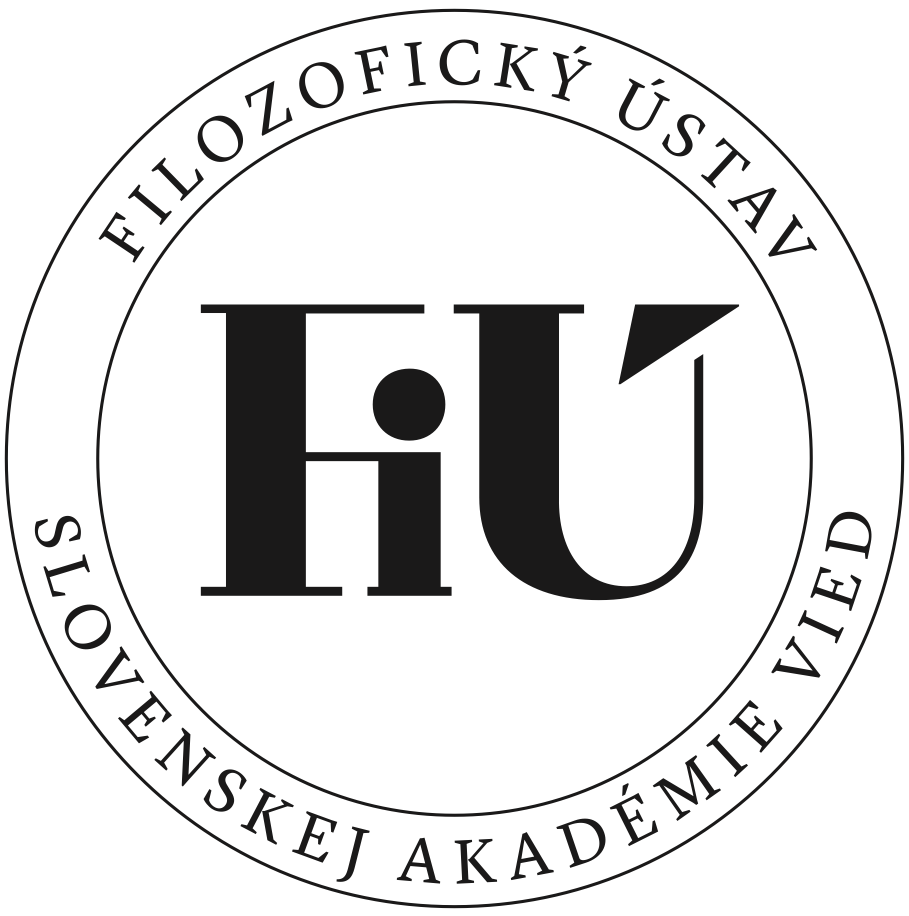Detail príspevku/publikácie
Kvalitativní kosmos
Typ článku: State a diskusie
Abstrakt
In his introduction the author defines philosophy as a science of „beginnings“, „principles“, i. e. basic hypotheses of the order of reality. The premise from which he himself starts determines that reality is qualitatively manifold. After a brief recapitulation of his preceding philosophical studies he passes on to an analysis of the central notions of the system, quality and quantity which he unfolds within the framework of category analysis. He understands category, in agreement with general comprehension, as the most general determinants whicli may be expressed about everything we designate as real. Since our cognitive endowment cumulates in three spheres, prehensive, reprehensive anc, comprehensive, the author attempts to ascertain which categorial determinant results from each of them. As the first category from the prehensive sphere he introduces that; of data, designating everything that we speak of as real. All data show a series of concrete determinate through which they actually are one or the other concrete datum. These individual determinants are designated as qualities, so that quality creates the second category of prehensive sphere. Individual data, however, do not remain in the same state. The detectable difference in qualitative determinants of one and the same datum indicates a change just taking place, and this is introduced as a further category. Every change shows its own rhythm or cadence (indicating its „time“) and occurs at a definite place (indicating its „space“). In the reprehensive sphere in which individual data are compared and their elementary binding takes place by associative relations, preferentially connected through interest, there is also added a quantitative determinant to these five categories. Even though this is equally concrete as are the other qualitative determinants, it can be expressed only by relation, through a difference implied in the ratio „more/lessHence, although a concrete difference is involved, we encounter it only in the reprehensive sphere where it is expressed by an approximative estimate as a consequence of the comparison of quantitative differences. Since the quantitative difference just distinguished is applicable generally, (we may in fact say of everything that in a certain sense, there is „more or less“ of it), the category of quantity designated most suitably as comparative quantity, joins, on the reprehensive level, the categories of the prehensive sphere. — On the comprehensive plane, a striking metamorphosis of the categorial determinants differentiated so far, takes place. Here, where the decisive significance belongs to the justified intelectual relationships expressed by a greater or smaller degree of generality, i. e. abstraction, the determinant of logical justification seems to impose itself as a basic category,1. Since, however, this determinant is one purely intellectual and as a consequence, applicable only to the intelligible sphere (and not generally), but especially, because it is only a particular case of (general) conditioning of all real events, the category of conditioning becomes the basic category of the comprehensive sphere. Under its point of view the category of data passes into an relational skeleton setting up a structure category as a comprehensive equivalent of data category, while the category of change passes into that of reaction as a way of manifestation of real structures. The category of comparative quantity is subordinated to analogical metamorphosis. The real difference which it implies is both homogenised and set apart as a degree of quantification, unequivocally defined by „unit“ as “a number“. The numerical quantity thus established was to become — in current and scientific use — an exclusive expression for the quantitative differences in general, at the price that their concreteness was replaced by “exact“ measurability. Analogic homogenisation finally absorbed also the temporal and spatial determinants: they became measurable schemas which overlapped individual temporal and spatial intervals. The results of these analyses may be summed up in the observation that we must consider as basic, the categories of the prehensive sphere, because they reflect immediately relevant real differences, while categories of the comprehensive sphere represent simplified and more or less generalised relational schemas by means of which the corresponding data are relationalised and thereby made accessible to our „practical“ interventions. In order that they may be rationalised (and thereby also explained) as adequately as possible, — which means that a series of events,, i. e. a series of real structures be revealed as relevantly as possible — it will be necessary to start from the results of the categorial analysis just made. The solution of this task requires further separate study.
Súbor na stiahnutie: PDF
